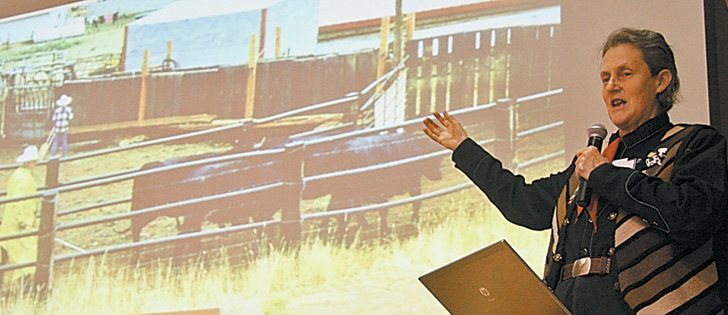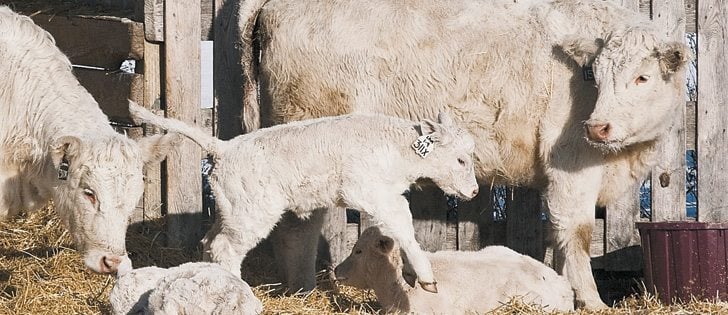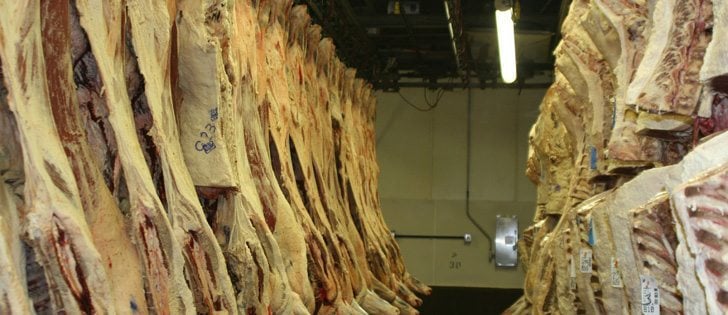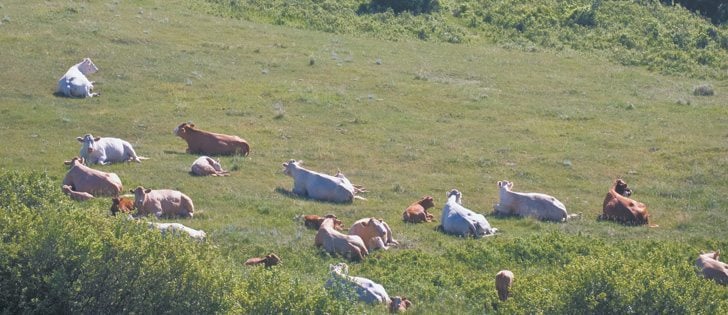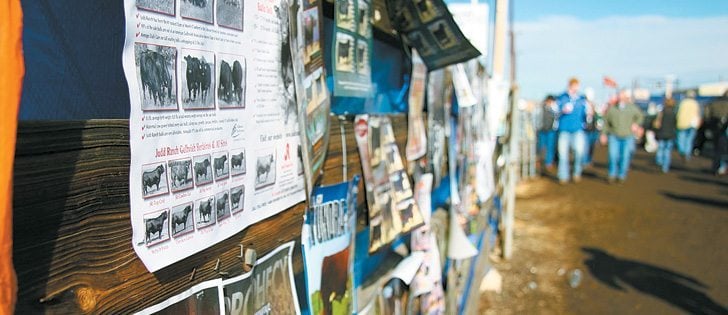Call for risk management programs National program preferred to allow level playing field for cattle producers
CYPRESS HILLS PARK, Sask. — Cattle price insurance based on the existing Alberta program is feasible in Western Canada but would require new products to make it work.
Iebeling Kaastra, research director with Gibson Capital Inc., told the Saskatchewan Stock Growers Association annual convention that a study done by his company found that eight new products would have to be offered: three feeder, three calf and two hog components.
The products are needed to cover off regional disparity, he said.
The fed cattle product offered in Alberta would likely work for all because the market isn’t as volatile, he said.
Read Also

Trump’s tariffs take their toll on U.S. producers
U.S. farmers say Trump’s tariffs have been devastating for growers in that country.
Alberta launched its fed cattle insurance in September 2009, followed by feeder cattle a year later, a calf product in March 2011 and a hog insurance product in July 2011.
Producers can buy coverage for a particular price level per hundredweight, to be paid during a certain period of time depending on the product.
Premiums vary widely, but are about $2 per cwt. at the top end of the price indices for all cattle products.
Other provinces expressed interest in these programs, and the Canadian Cattlemen’s Association has said a national program is preferable so that producers are on a level playing field.
Kaastra described use of the programs in Alberta as “fairly modest.” Total premiums paid are $6 to $7 million.
“We are seeing some payouts on fed cattle right now.”
He said cattle producers need some type of risk management because Canada doesn’t have a futures market for cattle and American markets aren’t working well.
Prices and optimism are strong right now, which likely account for the modest participation in Alberta.
“People are very bullish and they don’t see the risk until it happens,” Kaastra said.
Most of the auction markets in Western Canada use the same computer systems and can contribute the price information required to make the program work.
“Auction market participation is critical to the feeder program,” he said.
A Saskatchewan agriculture ministry official said the province is now considering its next steps. No decisions have been made, but the program will be part of Growing Forward 2 discussions later this summer.
New agriculture minister Lyle Stewart said he hadn’t yet been briefed on the issue but hoped products could be offered for Saskatchewan producers.
Kaastra said there are still things to work out.
For example, Alberta producers pay the entire premium cost, which differs from provincial crop insurance programs where the federal and provincial governments share the premiums.
He said Alberta Financial Services Corp. could offer its administrative services to other provinces to keep costs down. A larger program also brings significant benefits to premium consistency for producers.




